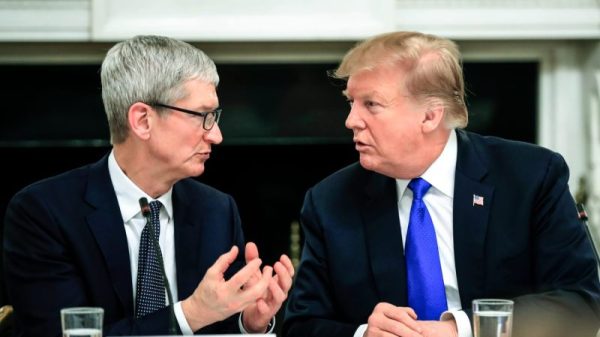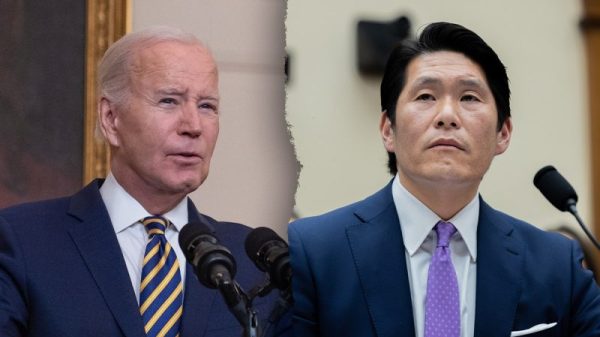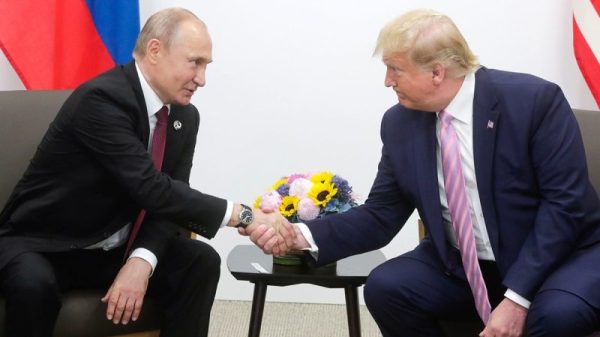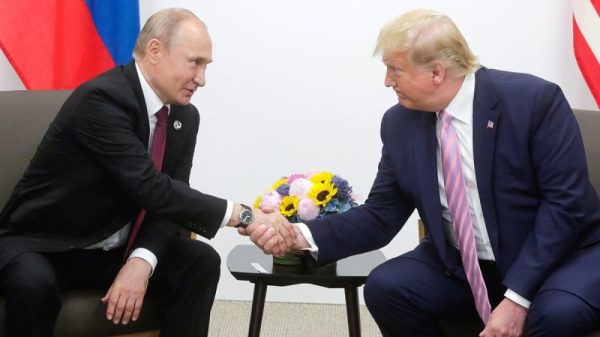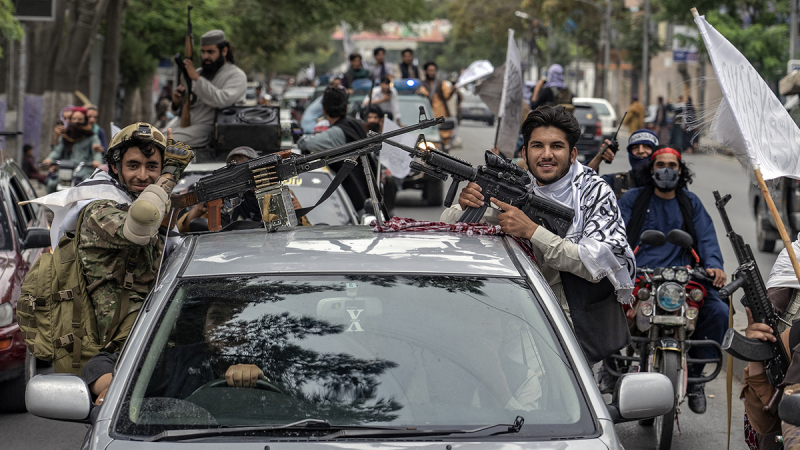The recent crackdown on U.S. dollars going to the Taliban has sparked heated debates and drawn attention to the complex dynamics of funding terrorist organizations. The U.S. government’s efforts to trace and cut off financial support to the Taliban highlight the challenges in monitoring and disrupting illicit money flows to terrorist groups.
The Taliban’s ability to sustain its operations relies heavily on funding from various sources, including donations, extortion, drug trafficking, and foreign aid diverted from intended purposes. At a time when the Taliban is regaining control in Afghanistan, the need to disrupt their financial networks has become more urgent than ever.
One of the main challenges in targeting the Taliban’s financial activities is the clandestine nature of their operations. The group has developed sophisticated methods to move and conceal money, making it difficult for authorities to track and seize illicit funds. Additionally, the Taliban often resorts to cash transactions to avoid leaving a digital trail, further complicating efforts to disrupt their financial networks.
Moreover, the porous borders in the region facilitate the movement of money and resources across international boundaries, enabling the Taliban to access funding from various sources around the world. This global network of support makes it challenging for authorities to isolate and cut off the financial lifelines of the group.
The recent House eyes crackdown on U.S. dollars going to the Taliban reflects a broader strategy to undermine the group’s financial capabilities and disrupt their operations. By targeting the flow of funds to the Taliban, the U.S. government aims to weaken the group’s ability to carry out terrorist activities and maintain control in Afghanistan.
In addition to the legislative efforts to curb funding to the Taliban, international cooperation and information sharing are essential in tackling the financing of terrorism. Collaboration among governments, financial institutions, and law enforcement agencies is crucial in disrupting the financial networks that support terrorist organizations like the Taliban.
Ultimately, the fight against the Taliban’s financial activities requires a multi-faceted approach that combines legislative measures, international cooperation, and technological innovation to track, monitor, and disrupt illicit money flows. By targeting the financial networks that sustain the Taliban, authorities can weaken the group’s ability to perpetrate violence and maintain a stronghold in the region.









